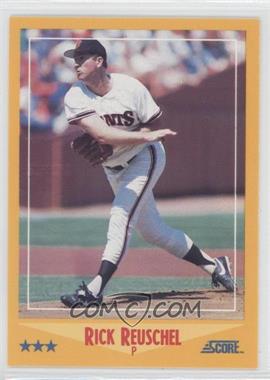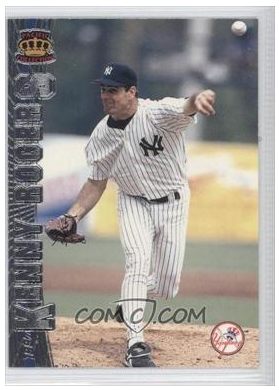It’s pretty obvious that there was a lot of talent at the top of the 2013 Hall of Fame ballot. With Kenny Lofton, and to a lesser extent, David Wells, failing to garner the five percent needed to see another ballot, it was one of the deeper ballots in recent memory as well. The 2014 ballot drops those two, but adds Greg Maddux, Frank Thomas, Tom Glavine, and a handful of viable candidates for whom voters may struggle to find room in a year with so much talent on the bill.
The first Hall of Fame ballot, in 1936, was obviously top-heavy and deep as well, naming not only inductees Ruth, Cobb, Wagner, Johnson, and Mathewson, but snubs like Cy Young, Tris Speaker, Nap Lajoie, and the still-active Lou Gehrig. The interceding years cycled through ballots with several obvious Hall of Famers and those on which Bruce Sutter looked like the best choice, as various Veterans Committees were tasked with clearing out ballot backlogs and did so to various degrees.




